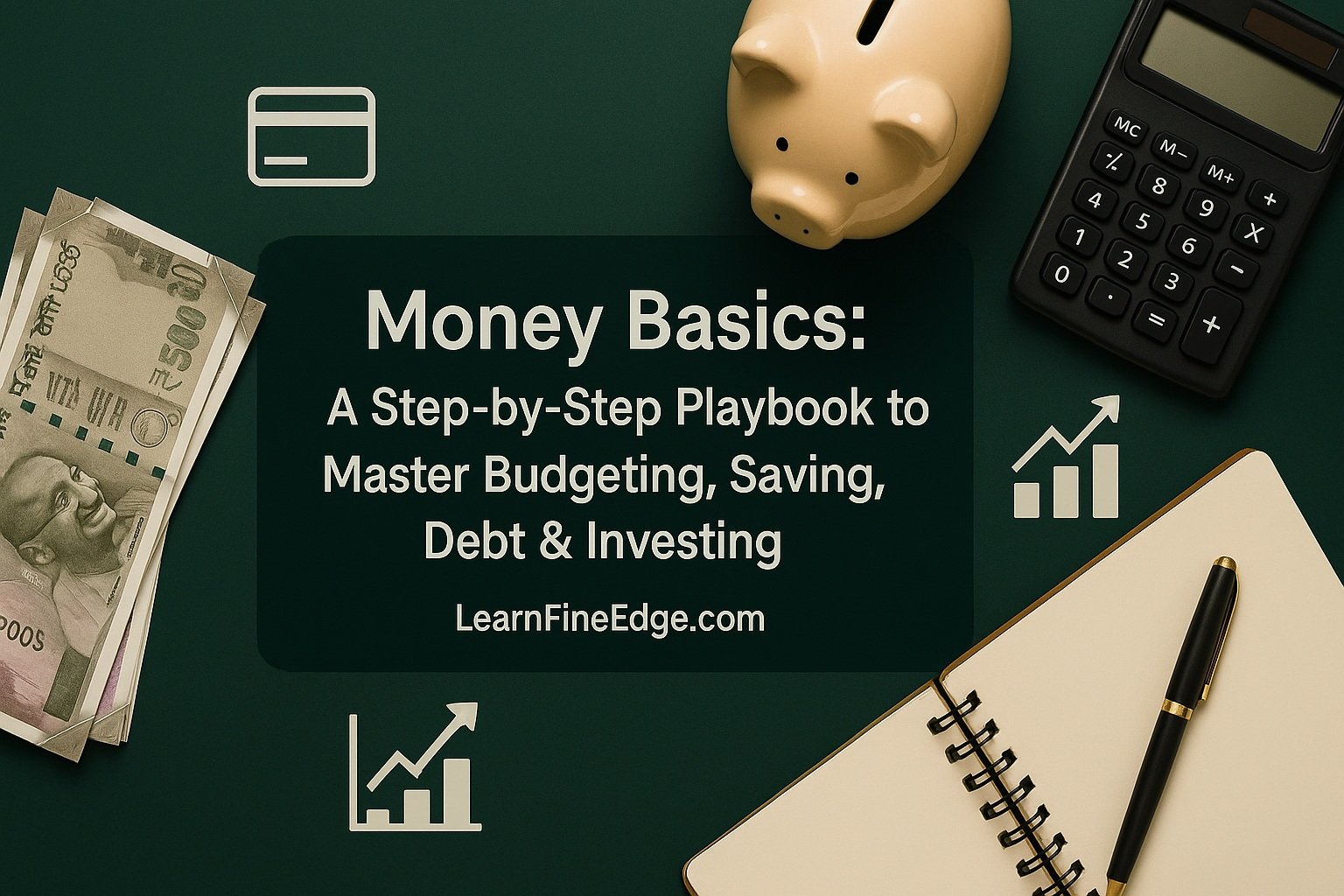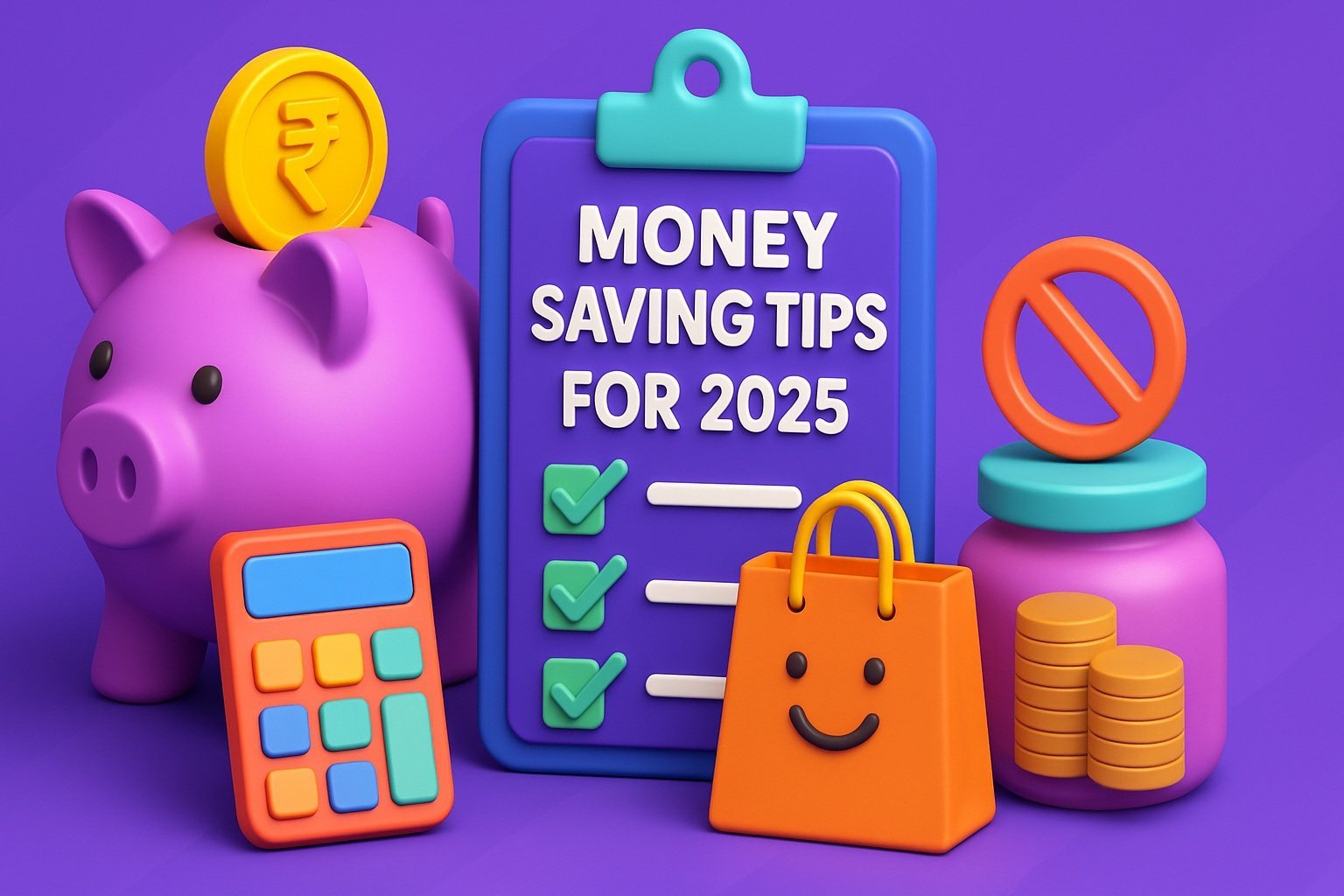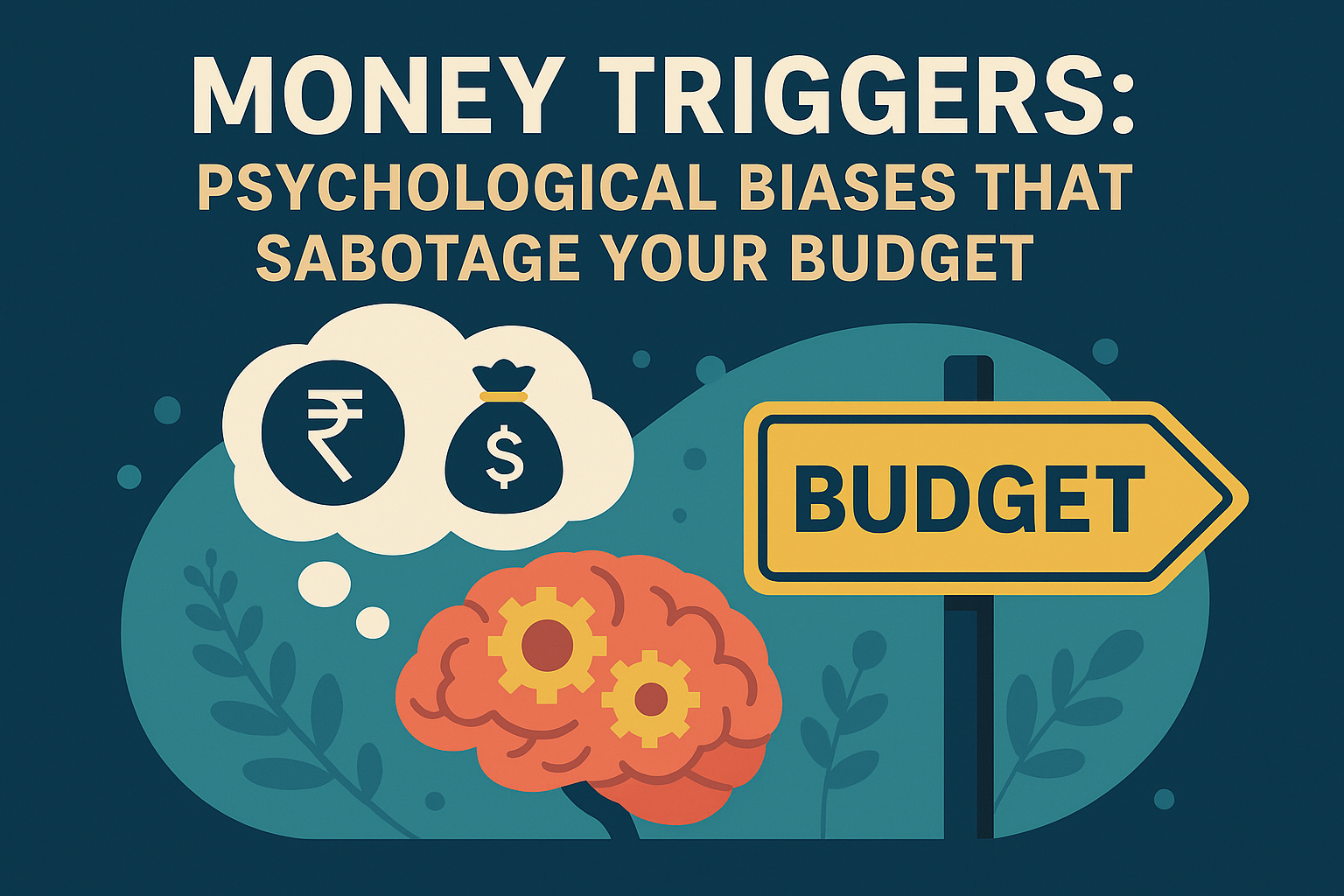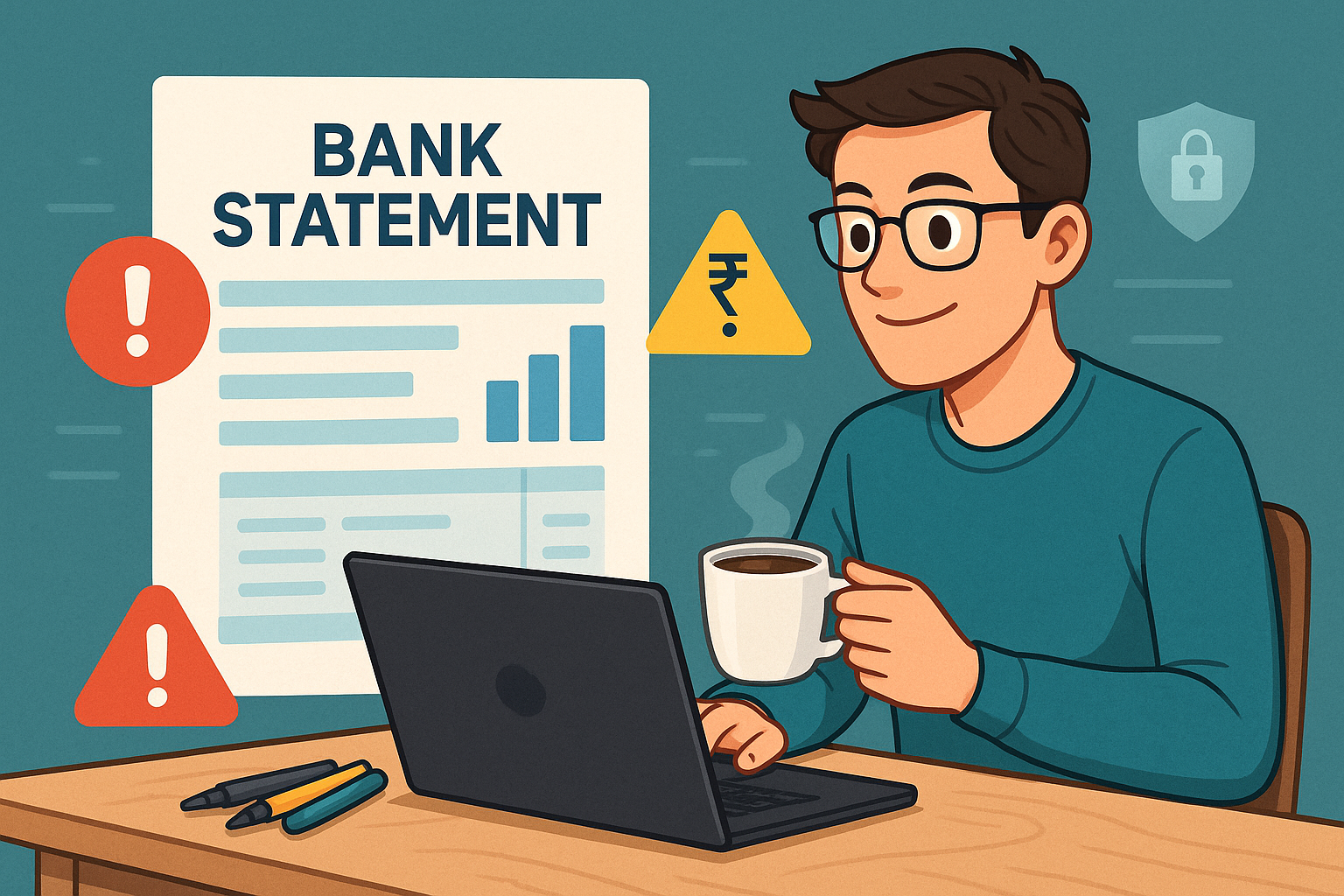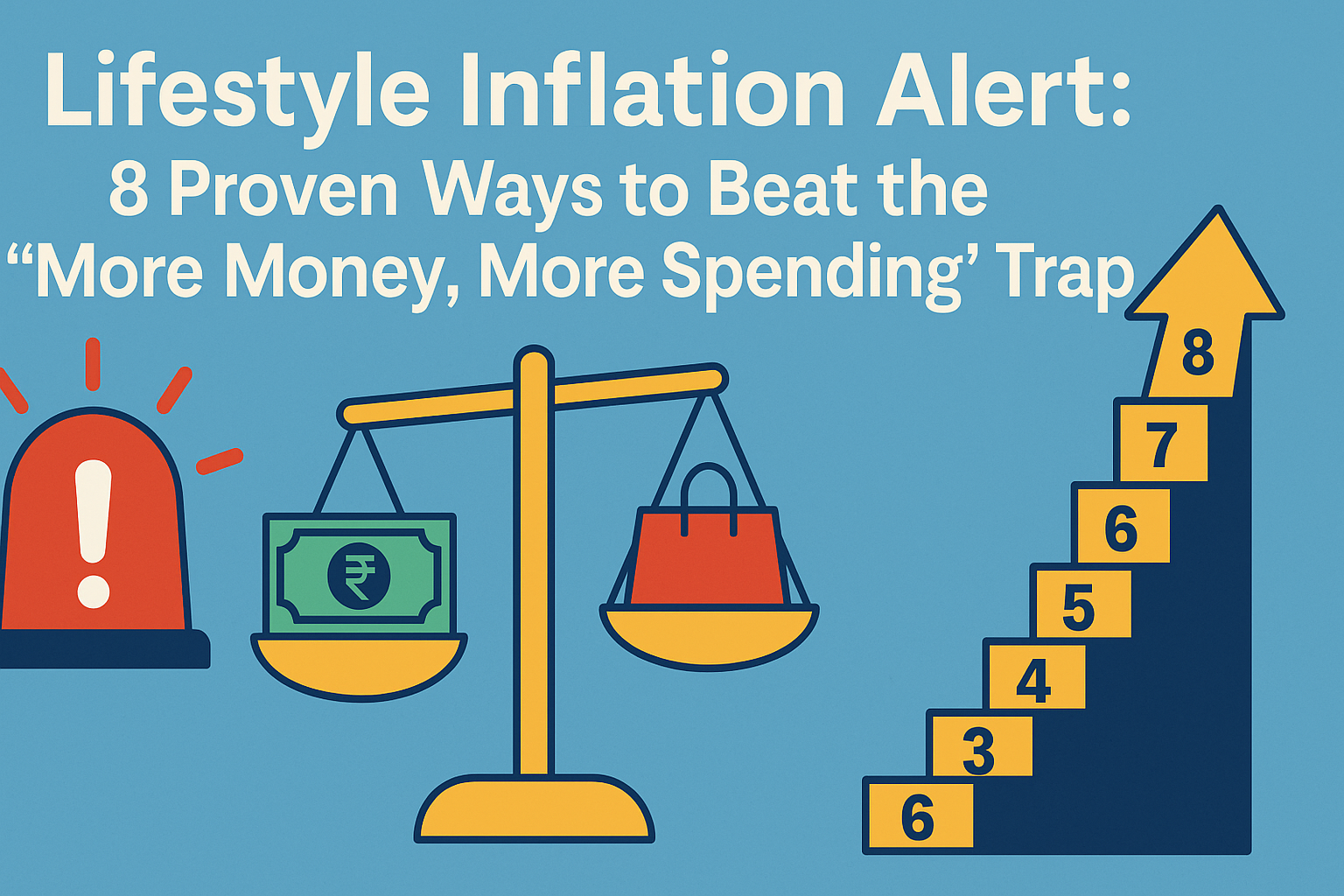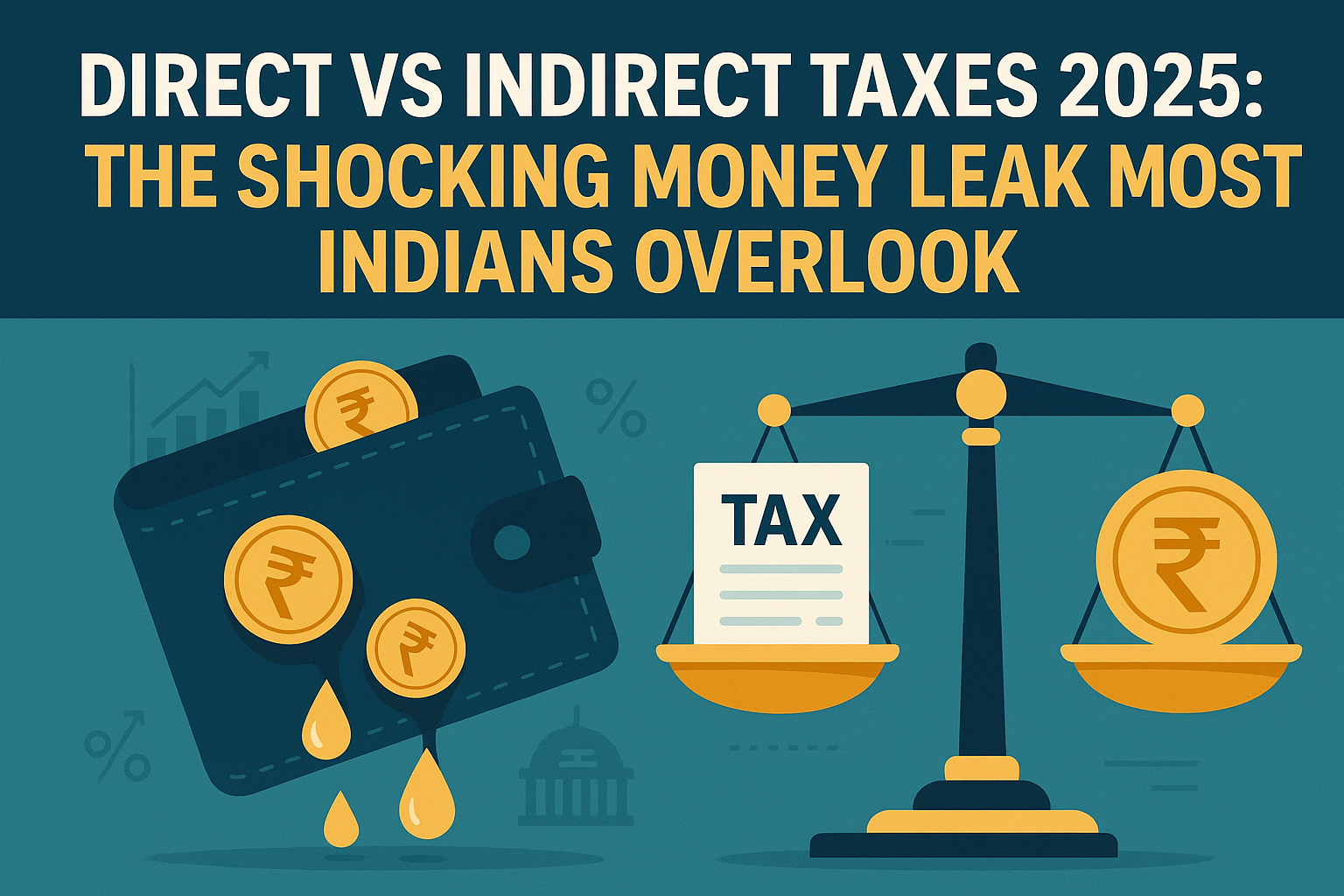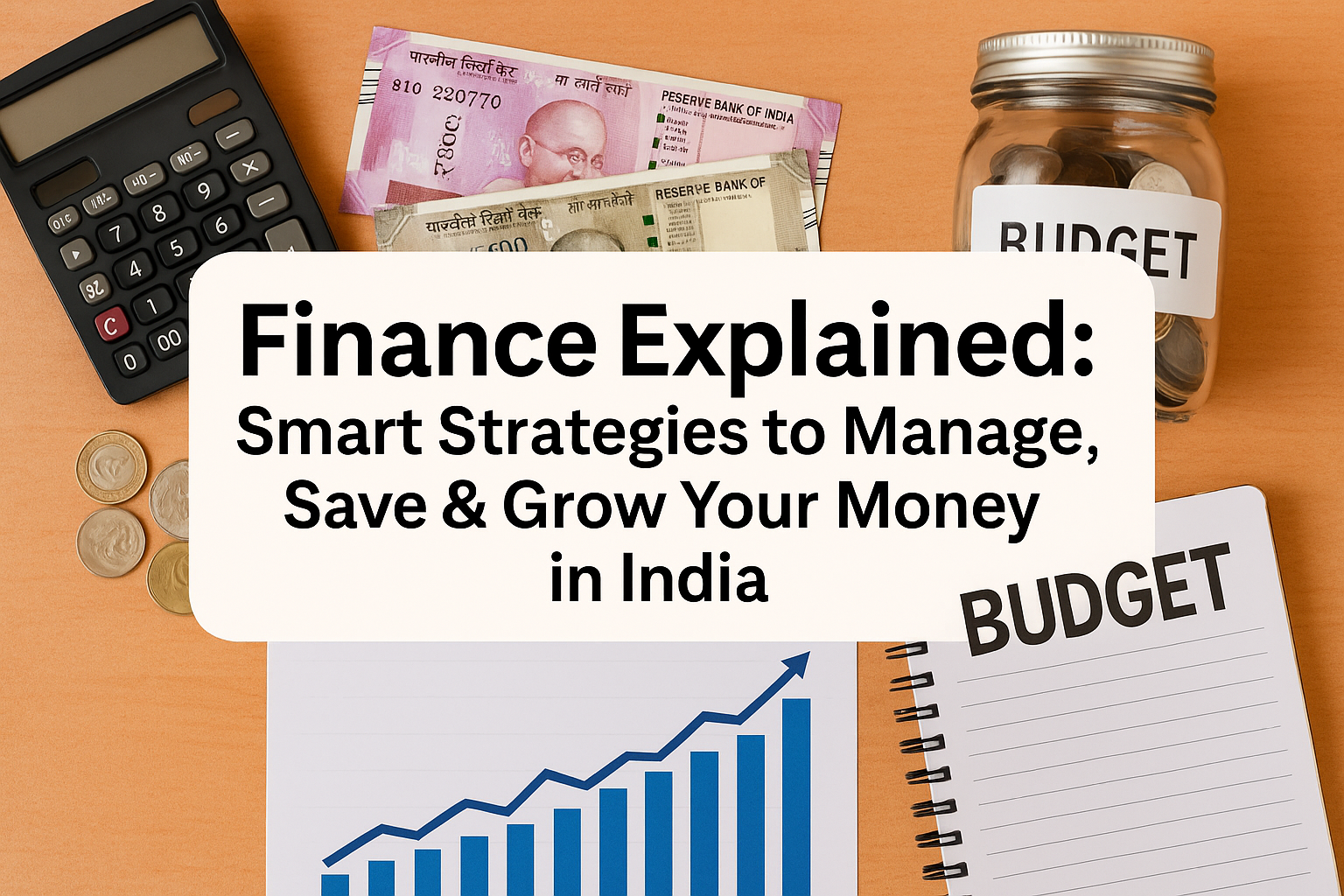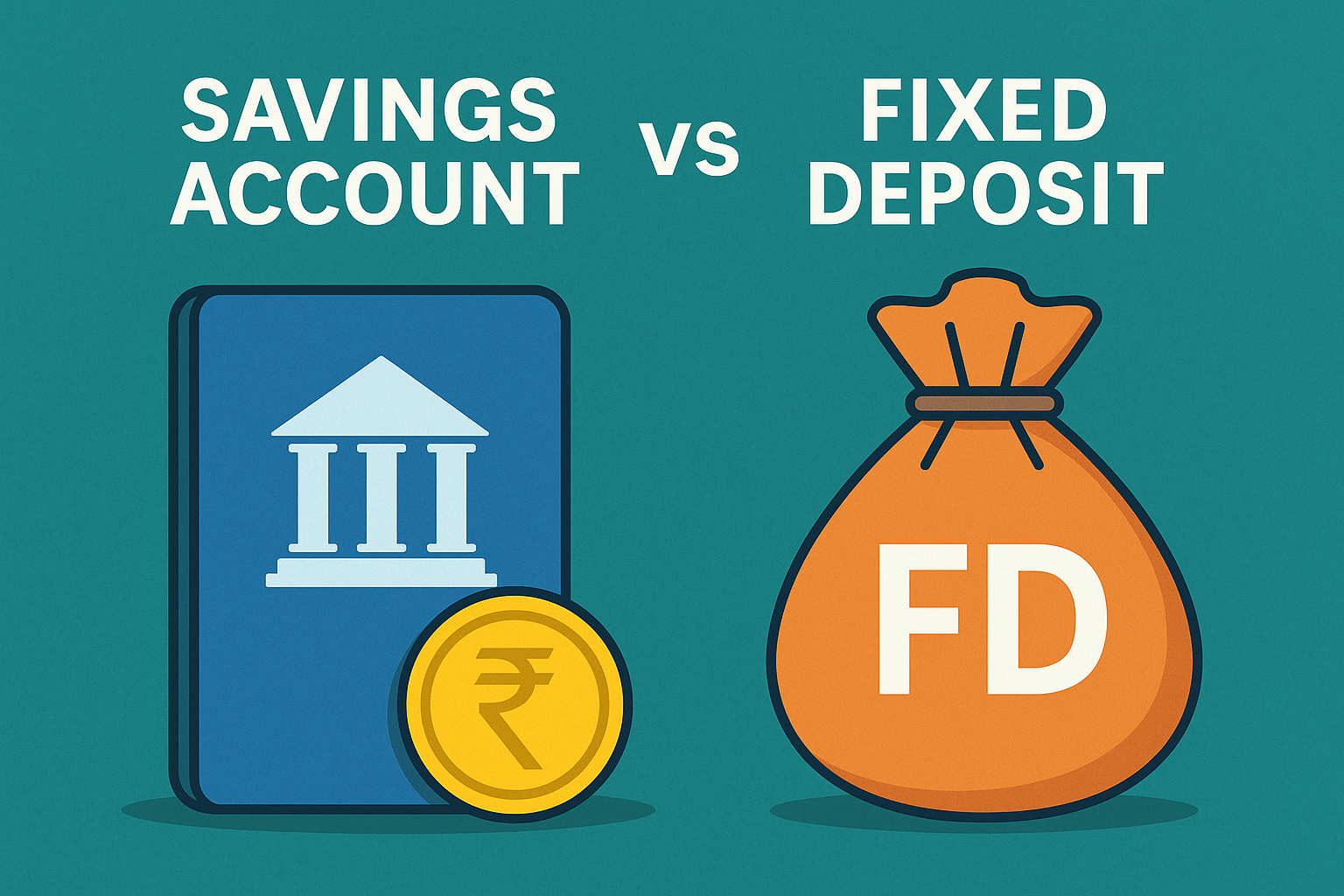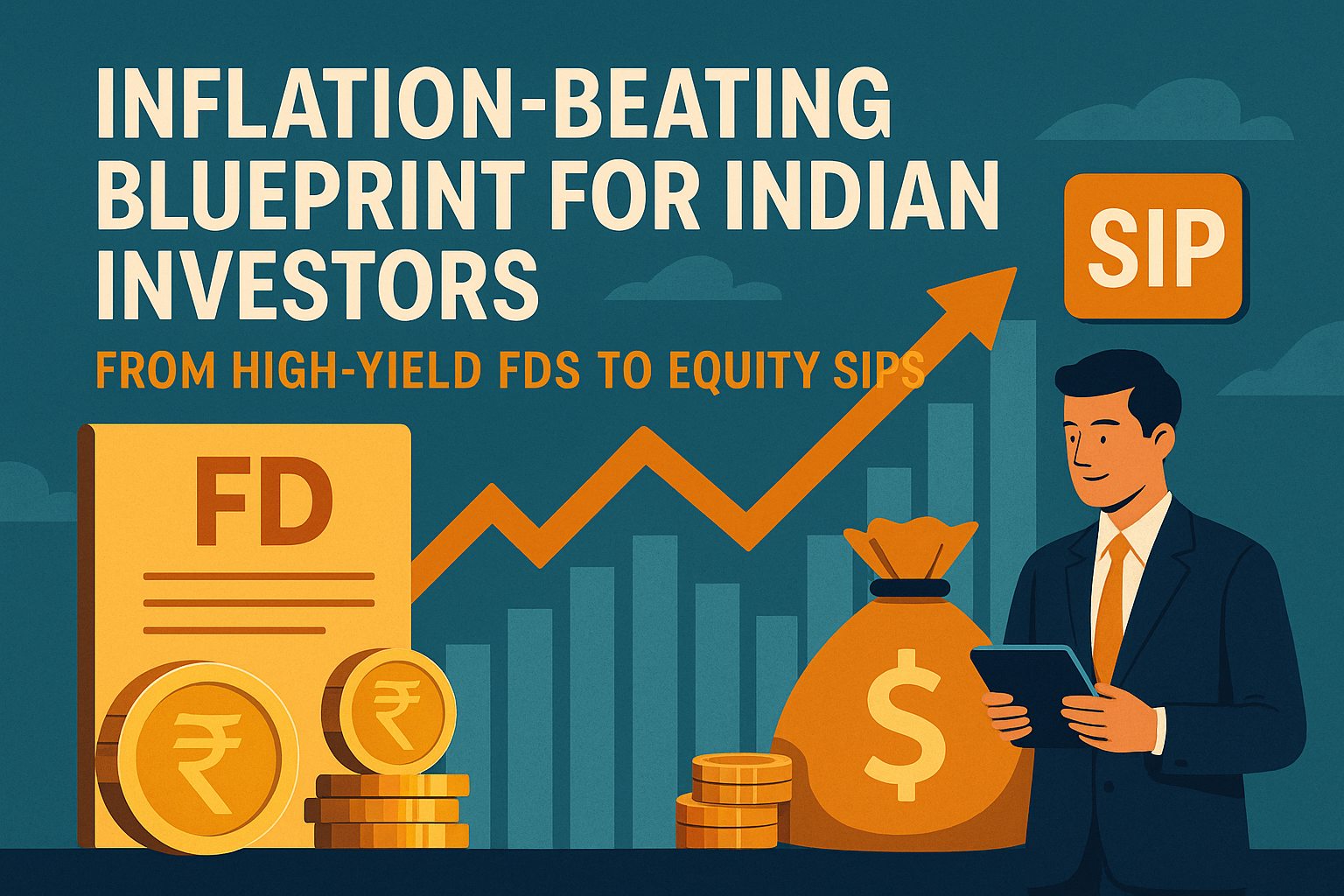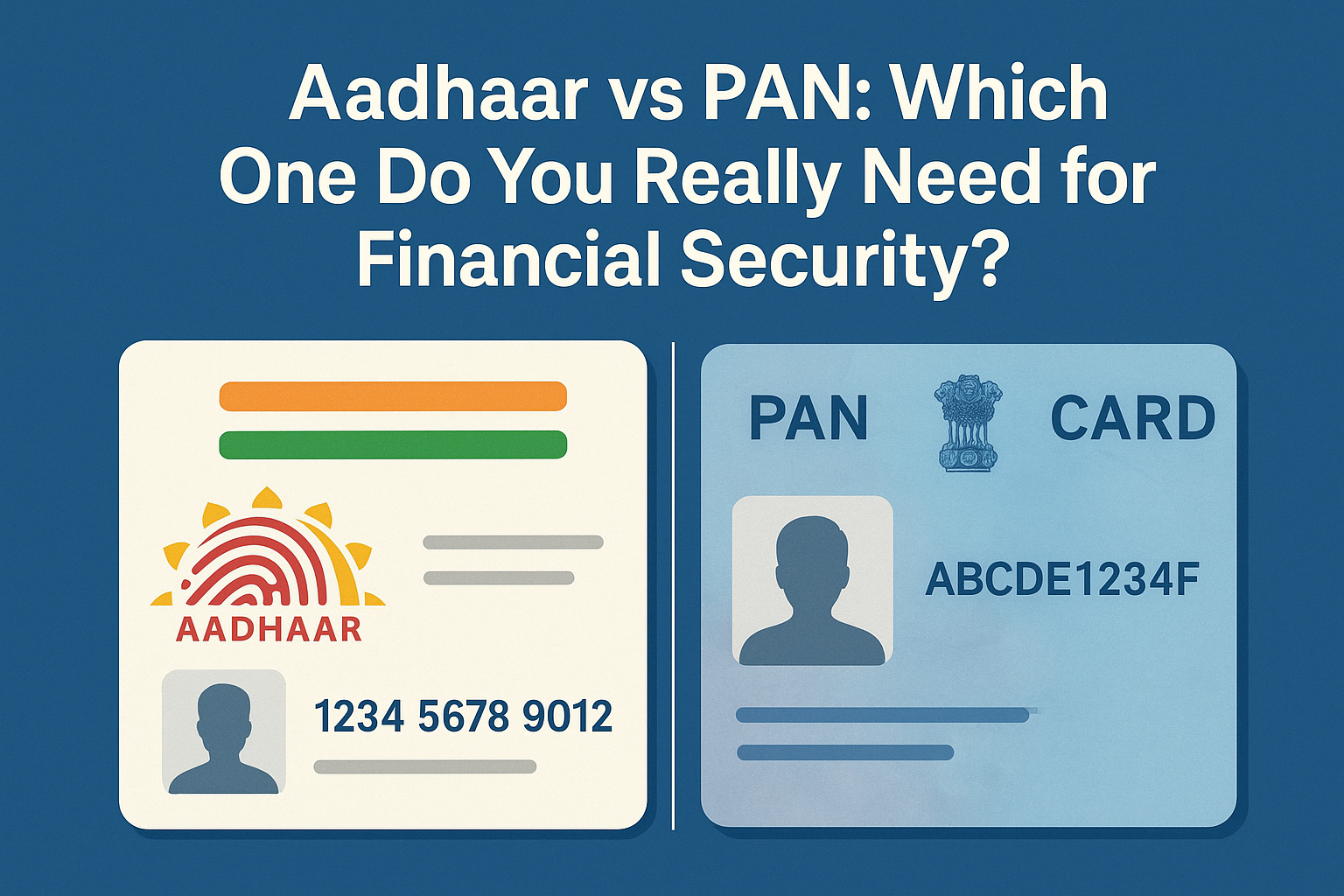
An emergency fund is a cash reserve that serves as a liquidity cushion, ready to cover unexpected small setbacks without the delays or restrictions of insurance claims. In contrast, an insurance rider is a premium add-on that extends the benefits of your existing policy to cover specific expenses. In this emergency fund vs. insurance rider comparison, you’ll discover when self-insurance with readily available cash outperforms paying extra rider premiums for car repairs, appliance failures, or minor medical bills. You will learn how large your liquidity cushion should be, how to calculate cost-saving break-even points between fund contributions and rider costs, and how to free up premium money for higher-yield investments. By the end, you’ll know exactly when cash trumps ridership and how to optimise your risk mitigation strategy.
What Qualifies as a “Minor Emergency”?
When we discuss minor emergencies, think of the little shocks that pop up in everyday life—nothing catastrophic, but certainly unwelcome. These unexpected expense events are typically manageable without needing to file an insurance claim. Common examples include

-
Car repair after a fender bender or sudden brake replacement
-
Appliance failure, like a washing machine motor burnout or refrigerator thermostat issue
-
Surprise co-pay at a doctor’s office or pharmacy for routine treatments
Research shows most households face two to three such events each year, with costs typically ranging from a few thousand to under ten thousand rupees. While paying for these out-of-pocket expenses can be challenging in the short term, self-insurance often proves to be more cost-effective in the long run.
| Emergency Type | Average Cost (₹) | Frequency per Year |
|---|---|---|
| Car repair | 5,000 | 1.5 |
| Appliance failure | 3,500 | 1.0 |
| Surprise co-pay | 1,500 | 2.0 |
This table illustrates how minor emergencies and unexpected expense events stack up in both cost and frequency. Knowing what qualifies as a minor emergency, you can better gauge the size of the emergency fund you need and avoid overpaying rider premiums that you might never fully use.
5 Reasons an Emergency Fund Wins for Small Setbacks
Building a cash reserve gives you a liquidity cushion that you can tap the moment trouble strikes. Here are five compelling reasons why relying on your emergency fund makes more sense than paying ongoing rider premiums for minor emergencies.
-
Instant access without waiting
You don’t want to fill out claim forms and wait for approvals when your car needs an urgent brake replacement or your fridge leaks. Your savings or money market account holds a robust emergency fund, prepared to cover any out-of-pocket expenses on the same day you require them. -
Zero ongoing premiums
Insurance riders add steadily to your annual premium bill, even if you never make a single claim. In contrast, once you’ve built your cash reserve, there are no recurring payments. You only make contributions as you grow the fund, allowing it to accumulate until you need it. -
No claims hassle or surprise rate hikes
Managing claims, obtaining repair approvals, and handling paperwork can be quite challenging. Plus, some insurers raise your base policy rate if you file too many small claims. With your liquidity cushion, there’s no paperwork, no deductible debates, and no risk of future premium increases. -
Covers multiple risk types at once
One insurance rider usually covers a very narrow set of events, say, appliance breakdowns or minor medical co-pays. Your cash reserve, on the other hand, handles any small emergency, from a sudden co-pay at the clinic to an urgent home repair. A single pot of money lets you self-insure across risks without buying multiple riders. -
Boosts negotiating power with cash discounts
When you can pay in cash, vendors often offer discounts of 5 to 10 percent for on-the-spot settlements. Whether you’re negotiating with your mechanic or a local electrician, having the funds on hand means you can save even more compared to waiting on insurer reimbursements or paying premium-inflated rates.
By relying on your own emergency fund, you gain flexibility, simplicity, and long-term savings, making it the smarter choice for managing minor emergencies and unexpected expense events.
Liquidity Beats Deductible Bureaucracy
Imagine your refrigerator suddenly gives up the ghost, and the replacement bill lands at ₹30,000. If you had bought an appliance breakdown rider, you’d still face a deductible buffer of around ₹2,000 plus that rider’s annual premium of roughly ₹3,000 even before your insurer cuts a cheque. That means ₹5,000 out of pocket and at least a few days spent on claim forms, approvals, and scheduling repair. By using your own cash reserve, you can promptly transfer ₹30,000, bypass the paperwork, and initiate the repair process without delay.
| Item | Cost (₹) |
|---|---|
| Fridge replacement | 30,000 |
| Rider premium (annual) | 3,000 |
| Rider deductible buffer | 2,000 |
| Total outlay via rider route | 5,000 |
| Time to access funds | Immediate |
| Claim processing delay | 3–7 days |
This quick comparison shows that while a rider might save you cash, your liquidity cushion saves you time and hassle, especially when every day without a working appliance hurts household routines.
Premium Savings Compounded
Let us say you decide not to pay ₹5,000 per year in combined rider premiums. Instead, you funnel that same amount into an investment yielding 8 percent annually. In a decade, those yearly ₹5,000 contributions could grow to about ₹150,000, all from money you never spent on extra insurance charges.
| Annual premium avoided (₹) | Assumed return | Value after 10 years (₹) |
|---|---|---|
| 5,000 | 8% | 150,000 |
By treating avoided rider premiums as an investment contribution, you not only self-insure against minor emergencies but also harness the power of compound returns, turning saved insurance costs into meaningful wealth over time.
When an Insurance Rider Still Makes Sense
Even the best cash reserve has its limits, and there are scenarios where an insurance rider can fill the gaps that self-insuring cannot. For instance, if you own high-value jewellery or rare collectibles, a specialised rider for theft or accidental damage can protect items whose replacement cost dwarfs your emergency fund. Similarly, disability add-ons to health or life policies step in when a serious illness or injury keeps you out of work for months, events that quickly exhaust a typical liquidity cushion. In the realm of catastrophic risks, such as major house fires or critical care hospitalisations, your emergency fund simply cannot stretch to cover six figures in losses or medical bills. Here, riders for property or critical illness become essential, offering coverage levels far above what a household can reasonably save. Understanding these limitations of self-insurance allows you to combine the benefits of both strategies: allocating cash for unexpected expenses and using riders for significant risks.
How to Size & Build Your Emergency Fund
Figuring out the right size for your emergency fund starts with understanding your fixed expenses and adding a buffer for deductibles. A simple 3-step formula helps you create a reliable cash reserve:

-
Calculate your fixed expenses (rent or mortgage, utilities, groceries, and loan payments).
-
Multiply by 3 to 6 months to cover typical small emergencies.
-
Add a deductible buffer equal to the highest deductible you might face on any rider you cancel or avoid.
For example, if your fixed expenses are ₹25,000 per month, you would aim for a base emergency fund of ₹75,000 to ₹150,000, plus a buffer (say, ₹5,000) for deductibles.
You can build this fund using the bucket method, where you split cash into sub-accounts for short-term needs, mid-term goals, and buffer amounts. Choose a high-yield savings account (HYSA) if you want slightly higher interest with easy access, or a sweep account if you prefer automatic transfers between checking and higher-interest balances without manual moves.
| Account Option | Benefit | Consideration |
|---|---|---|
| High-Yield Savings | Earns more interest than regular SAV | May limit monthly withdrawals |
| Sweep Account | Automates transfers, boosts idle cash | Requires linked checking account setup |
Step-by-Step Funding Plan
-
Auto-transfer ₹X per week straight from your pay cheque or checking account into your emergency fund. This “set-and-forget” approach turns saving into a habit without effort.
-
Please consider redirecting cancelled rider premiums into your fund. Instead of paying ₹5,000 a year for a minor-claims rider, funnel that cash into your cash reserve each month.
-
Review quarterly to adjust your weekly transfer amount or buffer based on changes in expenses or any claims you’ve had to cover. This keeps your financial safety net aligned with your real-world needs.
Strategy Playbook: Drop or Downgrade Riders Responsibly
Before you decide to cancel or reduce your insurance riders, ensure you have both literal and figurative coverage.

Checklist before cancelling
-
Assess your cash reserve: Please ensure that your emergency fund aligns with the sizing formula (fixed expenses × 3–6 months plus deductible buffer).
-
Calculate premium savings: Tally up the total rider premiums you’ll avoid each year and decide how that money will flow into your fund.
-
Review coverage gaps: Note which risks you’ll lose protection for and whether those fall under “minor emergencies” or truly catastrophic events.
-
Check policy terms. Please locate the grace period details and reinstatement rules in your policy document.
| Action Item | Why It Matters |
|---|---|
| Verify fund sufficiency | Prevents under-saving for real emergencies |
| Tally avoided premiums | Helps plan your redirect savings strategy |
| Map lost coverage | Ensures you aren’t exposed to unwanted risk |
| Review policy fine print | Avoids surprises with deadlines or fees |
Grace period and policy re-instatement rules
Most insurers offer a 15- to 30-day grace period after a missed premium or rider cancellation. During this window, you can reinstate your rider without a medical exam or penalty. Beyond that, reinstatement may require new applications, higher premiums, or evidence of insurability. Please be sure to note these dates and mark your calendar on the day you cancel to avoid inadvertently losing your coverage permanently.
Talk to your advisor
Even if you’re confident in self-insuring minor emergencies, a quick chat with your insurance advisor can flag any unexpected policy pitfalls. They can help you compare rider premium savings versus possible reinstatement fees and may suggest a downgrade (lower benefit or higher deductible) rather than a full cancellation. This professional input ensures your transition to a cash-first strategy doesn’t leave you exposed to surprise costs.
Family Persona Cost Comparison Over 5 Years
Solo Professional Cost Comparison Over 5 Years



